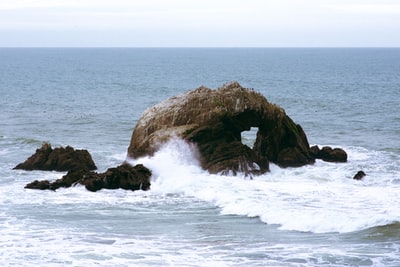 A lot of aquatic invertebrates which live in the water can only survive in clean conditions. This means that if a river, lake or sea is lacking in life the chances are it’s very polluted. Invertebrates are good indicators for a number of reasons:
A lot of aquatic invertebrates which live in the water can only survive in clean conditions. This means that if a river, lake or sea is lacking in life the chances are it’s very polluted. Invertebrates are good indicators for a number of reasons:
- they live in water for most of their lives
- they can only survive in specific conditions
- they differ in the amount of pollution they can tolerate
One main reason aquatic invertebrate cannot survive in polluted water is due to a decrease in the amount of dissolved oxygen in the water. Dissolved oxygen is essential for aquatic organisms and this is generally used as an indicator of water quality.
NOTE: You don’t need to be aware of eutrophication.
——————————————————
Environmental change measurements

Oxygen levels
Oxygen levels in water and soil can be measured using oxygen probes. These are electronic devices which can pick up soil respiration and are used to measure respiration levels in an aquatic organism.
Temperature
Thermometers are generally used to measure an environment’s temperature. The Maximum-Minimum thermometer has a U-shape. It uses small metal pins in each arm to record both the maximum and minimum temperature. The liquid in each arm allows the pins to move and indicate both temperatures accordingly.
Digital thermometers are useful in recording a continuous amount of data. This is because they’re connected to a data logger and so no one needs to be present and take each reading.
Rainfall
The level of precipitation in an environment can be measure using a rain gauge. A rain gauge can be any container which has measurements marked on it, for example millimetres, centimetres or inches. Alternatively, however, a funnel is used to collect the water into a bottle and then this is poured into a measuring cylinder. This is generally carried out on a daily basis at the same time each morning.